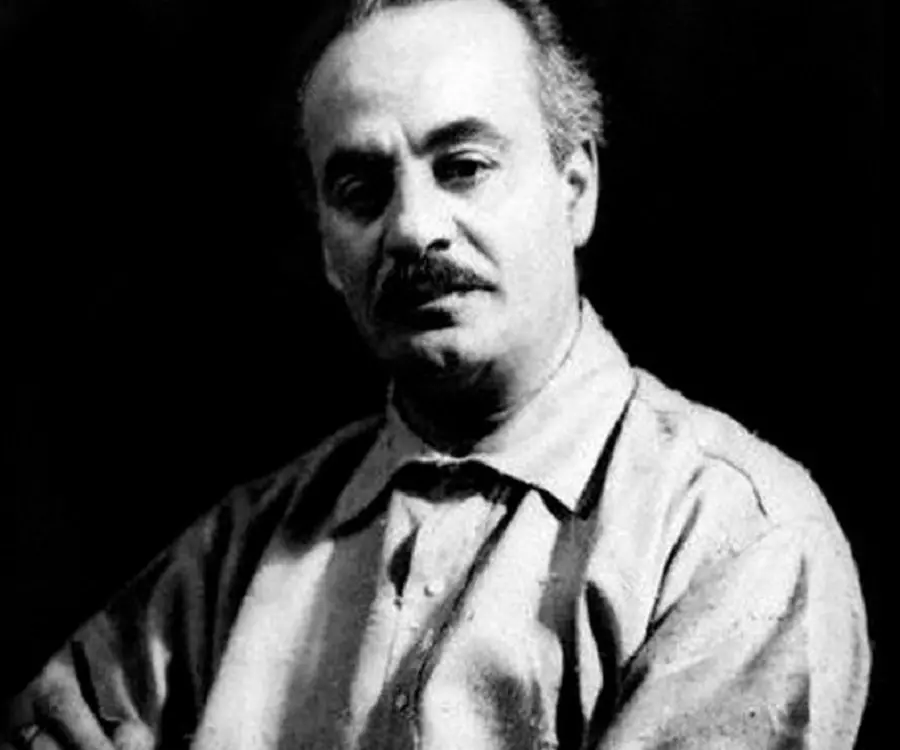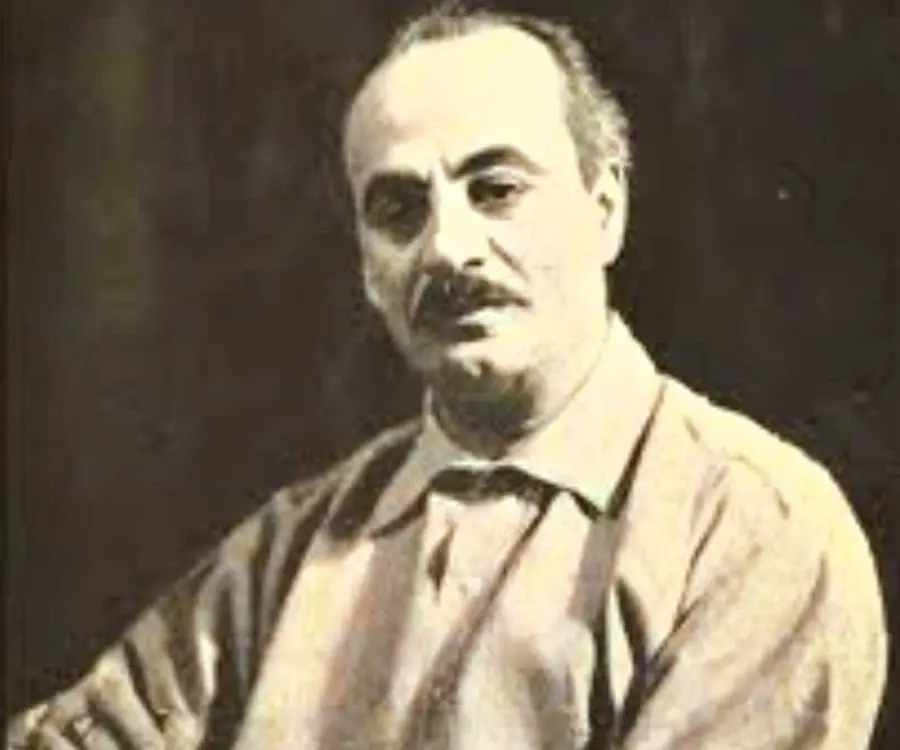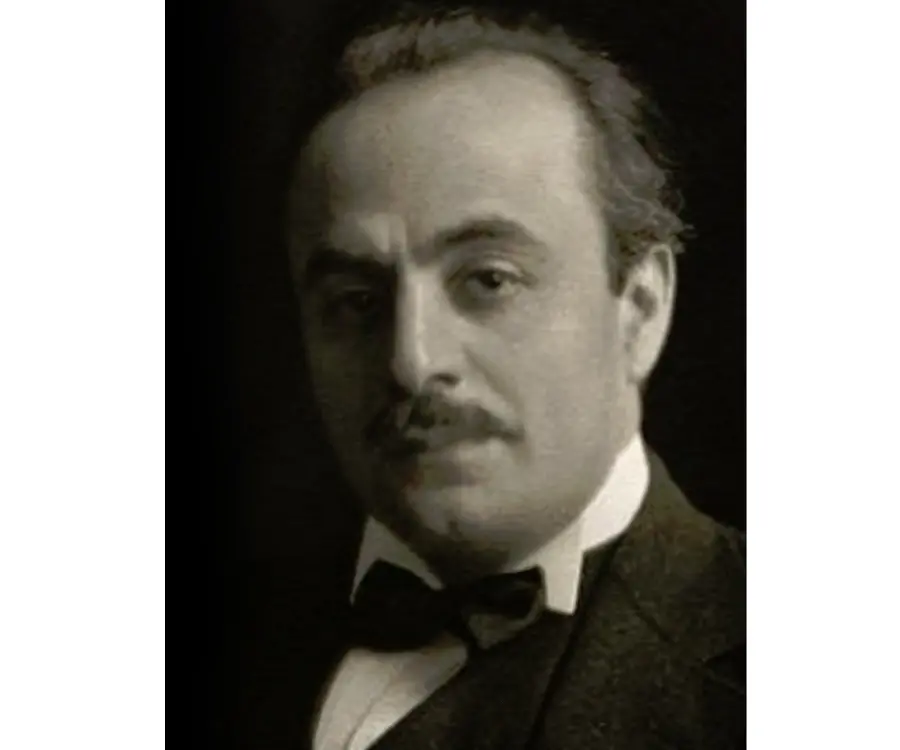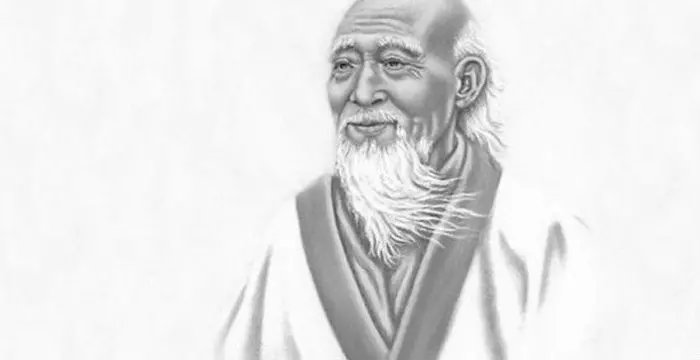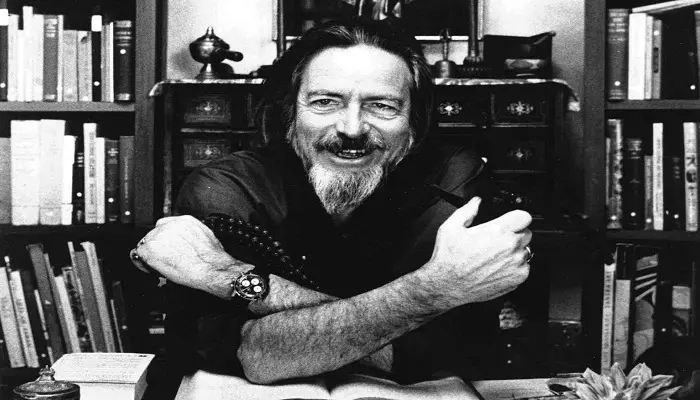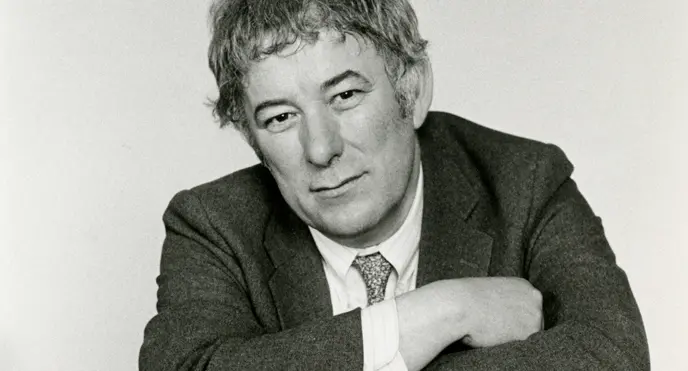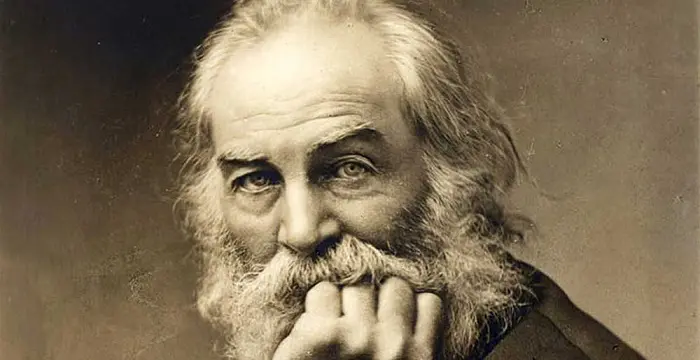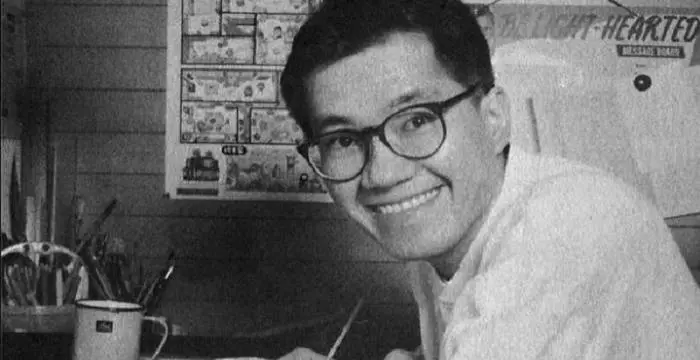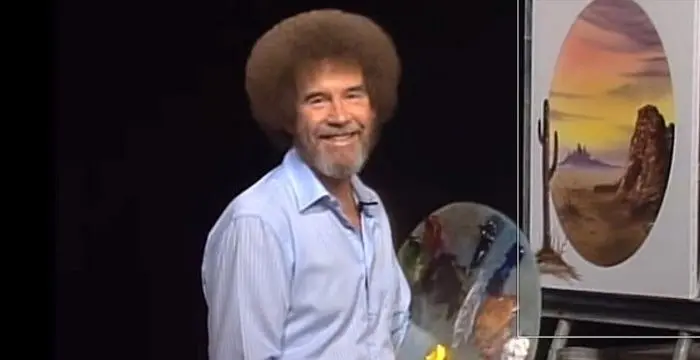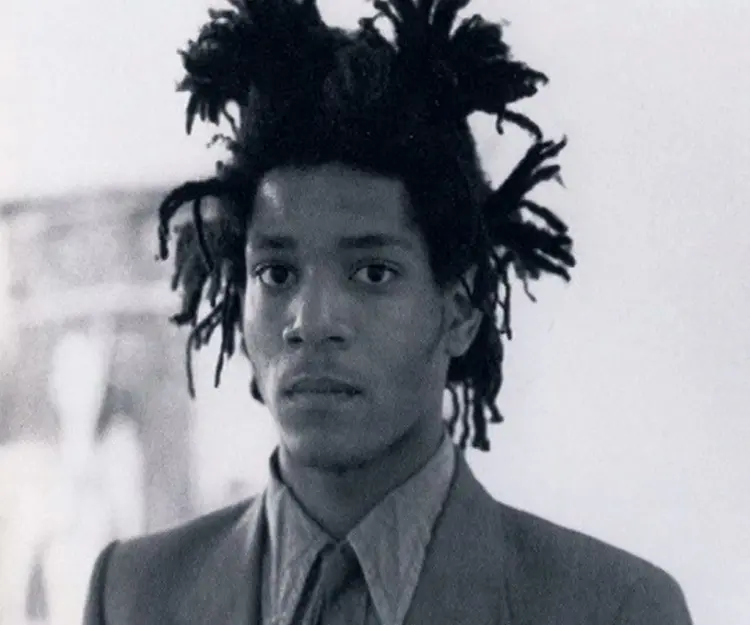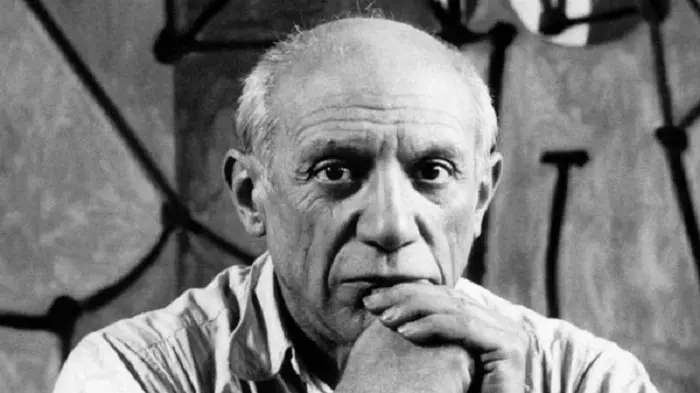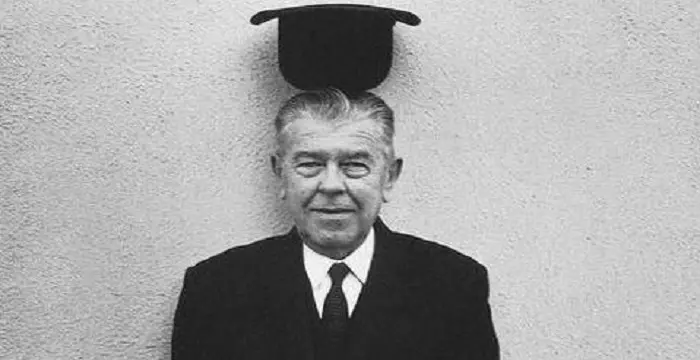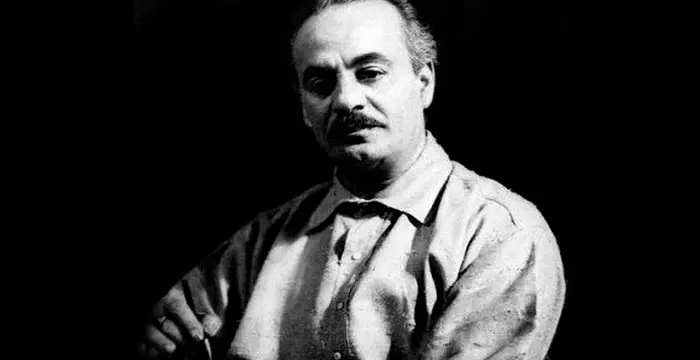
Khalil Gibran - Artists, Birthday and Childhood
Khalil Gibran's Personal Details
Khalil Gibran was a Lebanese painter, poet, essayist and philosopher
| Information | Detail |
|---|---|
| Birthday | January 6, 1883 |
| Died on | April 10, 1931 |
| Nationality | Lebanese |
| Famous | Artists, Intellectuals & Academics, Philosophers, Poets |
| Siblings | Mariana, Peter, Sultana |
| Cause of death |
|
| Birth Place | Bsharri, Lebanon |
| Religion | Maronite Christian |
| Gender | Male |
| Father | Khalil |
| Mother | Kamila |
| Sun Sign | Capricorn |
| Born in | Bsharri, Lebanon |
| Famous as | Artist |
| Died at Age | 48 |
// Famous Intellectuals & Academics
Bertil Gotthard Ohlin
Bertil Gotthard Ohlin was a famous Swedish economist. This biography profiles his childhood, family life & achievements.
Emily Greene Balch
Emily Greene Balch was an American economist, sociologist and pacifist who won the 1946 Nobel Peace Prize. This biography of Emily Greene Balch provides detailed information about her childhood, life, achievements, works & timeline.
Martin Buber
One of the greatest philosophers to have ever walked on earth, Martin Buber contributions to philosophy is a long-standing one. Explore all about his profile, childhood, life and timeline here.
Khalil Gibran's photo
Who is Khalil Gibran?
Khalil Gibran was a Lebanese painter, poet, essayist and philosopher. Born in an isolated village in Mount Lebanon Mutasarrifate, he was destined to spend most of his life away from his beloved motherland. As he turned twelve, his mother took them to the USA, where he started his formal education. Within a short while, he was noticed by the avant-garde artist and photographer, Fred Holland Day, under whose mentorship he began to flourish. But on realizing that he was being influenced too much by western culture his mother sent him back to Beirut so that he learnt about his heritage. On his return to the USA, he resumed painting and had his debut exhibition at the age of twenty-one. Subsequently, he began to write, first in Arabic, later in English. His writings combined elements of the two heritages and brought him lasting fame. Although he is recognized more as an author than an artist, he had drawn more than seven hundred images. In spite of spending most of his life in the USA, he remained a Lebanese citizen and the welfare of his homeland was close to his heart.
// Famous Philosophers
Martin Buber
One of the greatest philosophers to have ever walked on earth, Martin Buber contributions to philosophy is a long-standing one. Explore all about his profile, childhood, life and timeline here.
Lao Tzu (Laozi)
Lao Tzu was a legendary Chinese philosopher who wrote the important “Daodejing”. This biography profiles his childhood, life, career, achievements and timeline.
Alan Watts
Alan Watts was a famous British philosopher known for his Zen teachings and interpretations of Eastern philosophy. Read more about this great philosopher in the following article.
Childhood & Early Years
Khalil Gibran, christened as Gibran Khalil Gibran, was born on January 6, 1883 in the ancient town of Bsharri, in the Mount Lebanon Mutasarrifate located in the Kadisha Valley in northern Lebanon, into a family of Maronite Christians. At the time of his birth, it was a semi-autonomous part of the Ottoman Empire.
Khalil’s father, Khalil Gibran Saad Youssef Gibran, was initially a clerk in his uncle’s apothecary shop, but before long he accumulated a huge debt from gambling and lost his job. Later he was appointed a strong man by a local administrator, Raji Bey. He was rough and bad tempered.
Khalil’s mother, Kamila nee Jubran/Rahme, was married twice before and Khalil’s father was her third husband. She had a son named Peter (Butros) from her first marriage. Six years senior to Khalil, he was very industrious and devoted to the family.
Apart from his step-brother Peter, Khalil had two younger sisters, Mariana and Sultana. Their life in the isolated village in Kadisha Valley was devoid of earthly comforts. Khalil never went to school, but was taught Arabic and Bible by the priests who visited their house.
In 1891, Khalil’s father was jailed on charges of graft and their property was confiscated by the authorities. Left homeless, they initially lived in the homes of their relatives, before deciding to follow Kamila’s brother to the USA.
Their father’s irresponsible behavior had already alienated the family, especially Peter. Therefore, even though he was released from prison in 1894 his family refused to change their plan and leaving him alone in Lebanon, they left for the USA on June 25, 1895.
In the USA, the family joined their relatives, sharing their tenement in South Boston, Massachusetts. While Peter took charge of the family, to augment the family’s income, Kamila began to peddle laces and linens from door to door. Later she opened a dry goods store.
It was in Boston that twelve-year-old Khalil Gibran started going to school for the first time and was enrolled at Quincy School on September 30, 1895. Till then known as Gibran Khalil Gibran, his name was shortened at the time of registration to Khalil Gibran.
At the school, he was placed in a special class with other immigrant children, where emphasis was placed on teaching them English language. Concurrently, he also started going to Denison House Social Center, an art school located in a nearby settlement house.
His teachers, noticing his artistic skill, introduced young Gibran to the noted photographer and publisher Fred Holland Day. On discovering his aptitude for literature and art, Day began to mentor him, calling him a ‘natural genius’.
Under Day’s mentorship, Gibran started illustrating books and drawing portraits. Eventually Day started introducing him to his friends. In 1898, one of his paintings was used as a book cover.
Watching him getting attracted to western culture, Gibran’s mother and brother decided to send him back to Lebanon so that he could first learn about his own heritage. Accordingly in 1898 he returned to Beirut, where he gained admission at the Madrasat-al-Hikmah, a Maronite-run preparatory school and higher-education institute.
After the completion of his education at Beirut, Gibran returned to Boston on May 10, 1902. By then, his younger sister Sultana had died of tuberculosis. In 1903, Peter died from the same disease and his mother from cancer. With the support of Mariana, now a seamstress, Gibran resumed his art work.
Career
While living in Lebanon, Khalil Gibran used to communicate with Josephine Preston Peabody, a noted poetess, whom he had earlier met at one of the exhibitions held by his mentor Fred Holland Day. In 1903, she helped him to exhibit some of his works at Wellesley College, Massachusetts.
On May 3, 1904, he held his debut exhibition at Day’s studio at Boston. Here he met Mary Elizabeth Haskell, known for helping several talented people. She was the owner of Miss Haskell's School for Girls, later becoming the headmistress of the Cambridge School.
Believing that Gibran had an outstanding future, Haskell began to patronize him. She not only taught him English, but also helped him financially and used her influence to advance his career. Although she was ten years her senior, the two became friends and remained so until his death.
In the winter of 1904, Day’s studio caught fire and Gibran’s entire portfolio was destroyed. He then started writing for an Arabic newspaper, ‘Al-Mouhajir’ (the Emigrant), earning $2 per article. His first article was titled ‘Ru’ya’ (Vision).
In 1905, Gibran had his first work published. Titled ‘Nubthah fi Fan Al-Musiqa’, it was a passionate, but immature work about music. Concurrently, he began studying English with Haskell.
In 1906, he had his second work, ‘Ara'is al-Muruj’ published. It contained three short stories and was later translated as ‘Nymphs of the Valley’ and also as ‘Spirit Brides and Brides of the Prairie’. From the same year, he also started a column, titled 'Dam’a wa’btisama' (Tears and Laughter).
His third book, ‘Al-Arwah al-Mutamarrida’ (Rebellious Spirits) was published in 1908. It was on certain social issues like emancipation of woman and feudal system prevalent in Lebanon. Displeased with the content, the clergy back home threatened to excommunicate him. The government also censured the book.
Also in 1908, financed by Haskell, he went to Paris to improve his skill in pastel and oil. Here he was highly influenced by symbolism and was invited to contribute paintings to many prestigious shows. His paintings ‘Autumn’ was accepted by the Société Nationale des Beaux-Arts for an exhibition.
In Paris, he made a series of pencil portraits of major artists like Auguste Rodin and met many well-known people. However, he did not finish his courses there but went on a tour of England before returning to the USA in late 1910.
In 1911, Gibran moved to New York, where he lived for the rest of his short life. Subsequently, he began working on his next book, ‘Al-Ajniha al-Mutakassira’ (Broken Wings). It is his longest work, dealing on women’s emancipation. It is believed that the protagonist is the writer himself.
Also in 1911, Gibran established ‘Arrabitah Al-Qalamyiah’, an organization dedicated to the promotion of Arabic writings and literature. It not only helped other Arabic writers, but Gibran himself benefited immensely from its associations.
With the release of ‘Broken Wings’, Gibran’s fame began to spread. He now began to be counted among the best known ‘Mahjar’ (immigrant Arabic) poets and also became known as a reformist.
In 1913, Gibran established a large studio at 51, West Tenth Street, New York. In the same year, he produced one of his best paintings, ‘The Hermitage’. However, during this period, his placed more emphasis on writing than on art.
In 1914, with the onset of the First World War, he gave a call to both the Christian and Muslim population of Lebanon to unite and fight against the Ottoman. He was agitated by the fact that he could not go over to take part in the fight.
As the great famine started, killing about 100,000 people in Beirut and Mount Lebanon, he began to collect money in order to help the starving multitude. Meanwhile, his popularity in New York continued to grow. In 1916, he became the first immigrant to join the literary board of ‘The Seven Arts Magazine.’
His first English work, titled ‘The Madman: His Parables and Poems’ was published in 1918. In the following year, he published twenty of his paintings in a book form. Called ‘Twenty Drawings’, it attracted comparison with William Blake.
All through the 1920s, Gibran continued to write both in Arabic and English. His major Arabic works included ‘Al-Mawakib’ (The Processions, 1919), 'Al-'Awāsif' (The Tempests, 1920) and 'Al-Bada'i' waal-Tara'if' (The New and the Marvelous, 1923).
‘Forerunner: His Parables and Poems’ (1920) and ‘The Prophet’ (1923) were two of his English works of this period. With the release of ‘The Prophet’, Gibran reached the peak of his career and became a celebrity.
In the 1920s, Haskell, who had so far played an important role in Gibran’s career by not only helping him financially, but also in editing his works, got married and moved to Savanna. Therefore, to assist him in editing, Gibran hired poet Barbara Young (pseudonym of Henrietta Breckenridge Boughton).
Around this time, his health began to fail. Yet, he continued to work, publishing ‘Sand and Foam’ in 1926 and ‘Kingdom of Imagination’ and ‘Kalimat Jubran’ (Spiritual Sayings) in 1927.
Concurrently in 1926/1927, he worked on, ‘Jesus, the Son of Man: His Words and His Deeds as Told and Recorded by Those Who Knew Him’, publishing it in 1928. Thereafter, he published only one book, ‘The Earth Gods’ (1931) during his lifetime. All others were published posthumously.
Major Works
Khalil Gibran is best remembered for his 1923 publication ‘The Prophet’. In this book, the poet talks about twenty-six different subjects such as love, marriage, children, work, death, self-knowledge, eating and drinking, joy and sorrow, buying and selling, crime and punishment, reason and passion through Prophet Almustafa’s conversation with a group of people. The first edition of the book, written in English, was sold out within two years and until 2012, it had sold nine million copies in its American edition alone. It has been translated into forty languages.
Personal Life & Legacy
Although Khalil Gibran had affairs with numerous women, he remained a bachelor all his life. It is believed that after returning from Paris in 1910, he proposed to Mary Elizabeth Haskell, but she rejected the proposal because of their age difference. Instead they remained friends for life.
Although he spent the major part of his life in the USA, he was ever loyal to his homeland and never took up US citizenship. In his will, he left a substantial amount for the development of Lebanon so that his countrymen are not forced to emigrate.
On April 10, 1931, at the age of forty-eight, Gibran died from cirrhosis of the liver and tuberculosis in New York. On his death, ‘The New York Sun’ declared that ‘A Prophet Is Dead' and the people of the city held a two-day vigil.
Since he had expressed a wish to be buried in Lebanon, Mary Haskell along with his surviving sister Mariana travelled to Lebanon in 1932. There they purchased the Mar Sarkis Monastery and buried him there. The monastery has since been known as Gibran Museum.
Numerous edifices and parks like Gibran Museum in Bsharri, Gibran Khalil Gibran Garden in Beirut, Kahlil Gibran Memorial Garden in Washington, D.C., and Gibran Memorial Plaque in Copley Square, Boston, Massachusetts continue to carry his legacy.
In 1971, the Lebanese Ministry of Post and Telecommunications published a stamp in his honor
In 1999, Arab American Institute Foundation established Khalil Gibran Spirit of Humanity Awards in his honor. This award is given annually to “individuals, corporations, institutions, and communities for their work in promoting greater understanding and appreciation of diversity and inclusion”.
// Famous Poets
Charles Bukowski
Charles Bukowski was a German-born American novelist, short story writer and poet. With this biography, learn in details about his childhood, life, works, career and timeline
Seamus Heaney
Nobel Laureate Seamus Heaney was an Irish poet, playwright and translator. Know about his profile, childhood, life and timeline in the biography below.
Walt Whitman
Walt Whitman was an American poet, journalist and humanist. Read this brief biography to find more on his life & timeline.
Khalil Gibran biography timelines
- // 6th Jan 1883Khalil Gibran, christened as Gibran Khalil Gibran, was born on January 6, 1883 in the ancient town of Bsharri, in the Mount Lebanon Mutasarrifate located in the Kadisha Valley in northern Lebanon, into a family of Maronite Christians. At the time of his birth, it was a semi-autonomous part of the Ottoman Empire.
- // 1891In 1891, Khalil’s father was jailed on charges of graft and their property was confiscated by the authorities. Left homeless, they initially lived in the homes of their relatives, before deciding to follow Kamila’s brother to the USA.
- // 25th Jun 1895Their father’s irresponsible behavior had already alienated the family, especially Peter. Therefore, even though he was released from prison in 1894 his family refused to change their plan and leaving him alone in Lebanon, they left for the USA on June 25, 1895.
- // 30th Sep 1895It was in Boston that twelve-year-old Khalil Gibran started going to school for the first time and was enrolled at Quincy School on September 30, 1895. Till then known as Gibran Khalil Gibran, his name was shortened at the time of registration to Khalil Gibran.
- // 1898Under Day’s mentorship, Gibran started illustrating books and drawing portraits. Eventually Day started introducing him to his friends. In 1898, one of his paintings was used as a book cover.
- // 1898Watching him getting attracted to western culture, Gibran’s mother and brother decided to send him back to Lebanon so that he could first learn about his own heritage. Accordingly in 1898 he returned to Beirut, where he gained admission at the Madrasat-al-Hikmah, a Maronite-run preparatory school and higher-education institute.
- // 10th May 1902 To 1903After the completion of his education at Beirut, Gibran returned to Boston on May 10, 1902. By then, his younger sister Sultana had died of tuberculosis. In 1903, Peter died from the same disease and his mother from cancer. With the support of Mariana, now a seamstress, Gibran resumed his art work.
- // 1903While living in Lebanon, Khalil Gibran used to communicate with Josephine Preston Peabody, a noted poetess, whom he had earlier met at one of the exhibitions held by his mentor Fred Holland Day. In 1903, she helped him to exhibit some of his works at Wellesley College, Massachusetts.
- // 1904In the winter of 1904, Day’s studio caught fire and Gibran’s entire portfolio was destroyed. He then started writing for an Arabic newspaper, ‘Al-Mouhajir’ (the Emigrant), earning $2 per article. His first article was titled ‘Ru’ya’ (Vision).
- // 3rd May 1904On May 3, 1904, he held his debut exhibition at Day’s studio at Boston. Here he met Mary Elizabeth Haskell, known for helping several talented people. She was the owner of Miss Haskell's School for Girls, later becoming the headmistress of the Cambridge School.
- // 1905In 1905, Gibran had his first work published. Titled ‘Nubthah fi Fan Al-Musiqa’, it was a passionate, but immature work about music. Concurrently, he began studying English with Haskell.
- // 1906In 1906, he had his second work, ‘Ara'is al-Muruj’ published. It contained three short stories and was later translated as ‘Nymphs of the Valley’ and also as ‘Spirit Brides and Brides of the Prairie’. From the same year, he also started a column, titled 'Dam’a wa’btisama' (Tears and Laughter).
- // 1908His third book, ‘Al-Arwah al-Mutamarrida’ (Rebellious Spirits) was published in 1908. It was on certain social issues like emancipation of woman and feudal system prevalent in Lebanon. Displeased with the content, the clergy back home threatened to excommunicate him. The government also censured the book.
- // 1908Also in 1908, financed by Haskell, he went to Paris to improve his skill in pastel and oil. Here he was highly influenced by symbolism and was invited to contribute paintings to many prestigious shows. His paintings ‘Autumn’ was accepted by the Société Nationale des Beaux-Arts for an exhibition.
- // 1910In Paris, he made a series of pencil portraits of major artists like Auguste Rodin and met many well-known people. However, he did not finish his courses there but went on a tour of England before returning to the USA in late 1910.
- // 1910Although Khalil Gibran had affairs with numerous women, he remained a bachelor all his life. It is believed that after returning from Paris in 1910, he proposed to Mary Elizabeth Haskell, but she rejected the proposal because of their age difference. Instead they remained friends for life.
- // 1911In 1911, Gibran moved to New York, where he lived for the rest of his short life. Subsequently, he began working on his next book, ‘Al-Ajniha al-Mutakassira’ (Broken Wings). It is his longest work, dealing on women’s emancipation. It is believed that the protagonist is the writer himself.
- // 1911Also in 1911, Gibran established ‘Arrabitah Al-Qalamyiah’, an organization dedicated to the promotion of Arabic writings and literature. It not only helped other Arabic writers, but Gibran himself benefited immensely from its associations.
- // 1913In 1913, Gibran established a large studio at 51, West Tenth Street, New York. In the same year, he produced one of his best paintings, ‘The Hermitage’. However, during this period, his placed more emphasis on writing than on art.
- // 1914In 1914, with the onset of the First World War, he gave a call to both the Christian and Muslim population of Lebanon to unite and fight against the Ottoman. He was agitated by the fact that he could not go over to take part in the fight.
- // 1916As the great famine started, killing about 100,000 people in Beirut and Mount Lebanon, he began to collect money in order to help the starving multitude. Meanwhile, his popularity in New York continued to grow. In 1916, he became the first immigrant to join the literary board of ‘The Seven Arts Magazine.’
- // 1918His first English work, titled ‘The Madman: His Parables and Poems’ was published in 1918. In the following year, he published twenty of his paintings in a book form. Called ‘Twenty Drawings’, it attracted comparison with William Blake.
- // 1920 To 1923‘Forerunner: His Parables and Poems’ (1920) and ‘The Prophet’ (1923) were two of his English works of this period. With the release of ‘The Prophet’, Gibran reached the peak of his career and became a celebrity.
- // 1923Khalil Gibran is best remembered for his 1923 publication ‘The Prophet’. In this book, the poet talks about twenty-six different subjects such as love, marriage, children, work, death, self-knowledge, eating and drinking, joy and sorrow, buying and selling, crime and punishment, reason and passion through Prophet Almustafa’s conversation with a group of people. The first edition of the book, written in English, was sold out within two years and until 2012, it had sold nine million copies in its American edition alone. It has been translated into forty languages.
- // 10th Apr 1931On April 10, 1931, at the age of forty-eight, Gibran died from cirrhosis of the liver and tuberculosis in New York. On his death, ‘The New York Sun’ declared that ‘A Prophet Is Dead' and the people of the city held a two-day vigil.
- // 1932Since he had expressed a wish to be buried in Lebanon, Mary Haskell along with his surviving sister Mariana travelled to Lebanon in 1932. There they purchased the Mar Sarkis Monastery and buried him there. The monastery has since been known as Gibran Museum.
- // 1971In 1971, the Lebanese Ministry of Post and Telecommunications published a stamp in his honor
- // 1999In 1999, Arab American Institute Foundation established Khalil Gibran Spirit of Humanity Awards in his honor. This award is given annually to “individuals, corporations, institutions, and communities for their work in promoting greater understanding and appreciation of diversity and inclusion”.
// Famous Artists
Susan Mikula
Susan Mikula is an American artist and photographer. Check out this biography to know about her childhood, family life, achievements and fun factsabout her life.
Akira Toriyama
Akira Toriyama is a Japanese manga artist. This biography profiles his childhood, family, personal life, achievements, etc.
Bob Ross
Bob Ross was a celebrated, creative American painter and an art instructor. Check out this biography to know about his birthday, childhood, family life, achievements and fun facts about him.
Jean-Michel Basquiat
Jean-Michel Basquiat was an American graffiti artist who was one of the leading lights of the neo expressionist era in the 1980s. Check out this biography to know about his childhood, life, achievements, works & timeline.
Pablo Picasso
Pablo Picasso was one of the greatest painters of the 20th century. With this biography, explore his life, childhood, profile and timeline.
Rene Magritte
Rene Magritte was a Belgian surrealist artist known for his thought-provoking images that force the observers to think beyond their perceptions of reality. This biography provides information about his childhood, life, works & achievements.
Khalil Gibran's FAQ
What is Khalil Gibran birthday?
Khalil Gibran was born at 1883-01-06
When was Khalil Gibran died?
Khalil Gibran was died at 1931-04-10
Where was Khalil Gibran died?
Khalil Gibran was died in New York City, United States
Which age was Khalil Gibran died?
Khalil Gibran was died at age 48
Where is Khalil Gibran's birth place?
Khalil Gibran was born in Bsharri, Lebanon
What is Khalil Gibran nationalities?
Khalil Gibran's nationalities is Lebanese
Who is Khalil Gibran siblings?
Khalil Gibran's siblings is Mariana, Peter, Sultana
What is Khalil Gibran's cause of dead?
Khalil Gibran dead because of Tuberculosis
What is Khalil Gibran's religion?
Khalil Gibran's religion is Maronite Christian
Who is Khalil Gibran's father?
Khalil Gibran's father is Khalil
Who is Khalil Gibran's mother?
Khalil Gibran's mother is Kamila
What is Khalil Gibran's sun sign?
Khalil Gibran is Capricorn
How famous is Khalil Gibran?
Khalil Gibran is famouse as Artist



